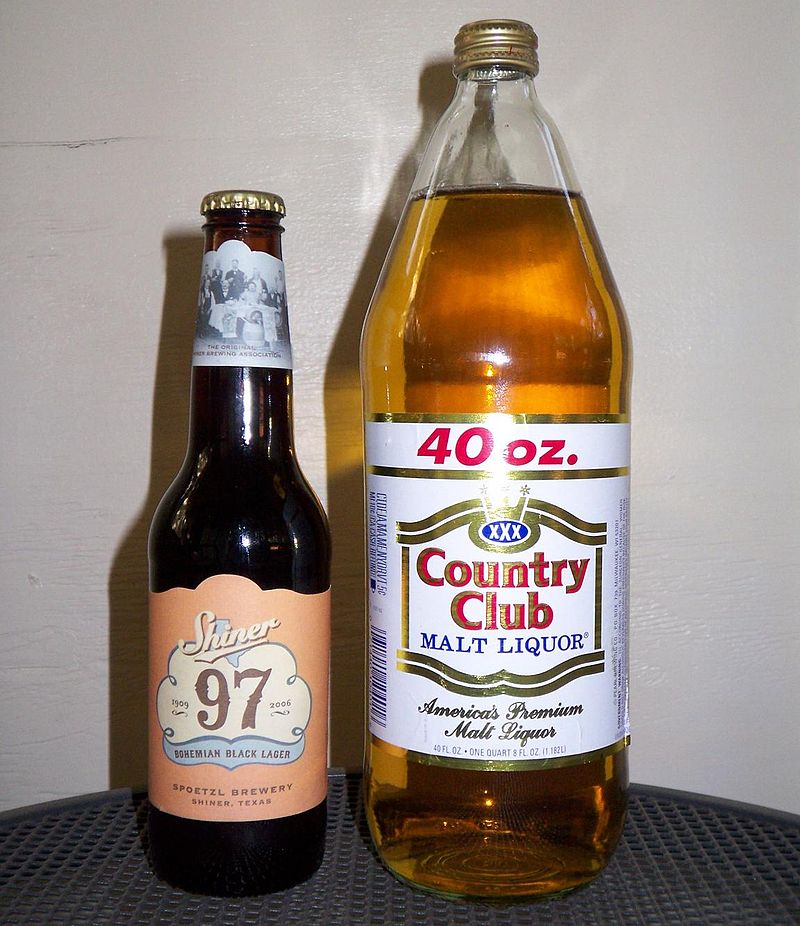Galveston Liquor Stores: Locate Your Fave Spirits and More
Galveston Liquor Stores: Locate Your Fave Spirits and More
Blog Article
Understanding the Craft of Purification: a Deep Study Distillery Traditions
Exploring the intricate art of distillation introduces a globe steeped in classic customs that have shaped the spirits we appreciate today. From the old beginnings of purification methods to the modern-day development of distillery equipment, each action in the procedure carries with it a rich tapestry of history and expertise. As we look into the delicate equilibrium of modern versus typical distilling techniques and reveal the relevance of crucial active ingredients, a much deeper understanding arises of the profound impact distillery customs have on the spirits we relish.
Beginnings of Purification Techniques
The advancement of purification methods has a rich history that traces back to old people. The idea of dividing components based on their different boiling factors laid the foundation for the sophisticated purification procedures we have today.
The earliest proof of purification go back to around 3000 BC in Mesopotamia, where clay pots were used to boil down perfumes and aromatic oils. The Egyptians better advanced these methods, utilizing purification for medical functions and embalming methods. The Greeks, notably numbers like Aristotle and Hippocrates, added to the academic understanding of purification.
In time, distillation spread to areas like India, China, and the Middle East, each culture adding its distinct touch to the craft. The development of distillation methods continued via the Center Ages and the Renaissance, at some point resulting in the varied array of distillation processes used in modern distilleries worldwide.
Development of Distillery Equipment

With innovations in technology and a deeper understanding of the distillation procedure, contemporary distilleries currently utilize a variety of advanced tools to generate spirits of the best. Today, purification devices consists of column stills, reflux stills, and crossbreed stills, each created to satisfy particular distillation needs. These contemporary stills supply far better temperature guideline, enhanced purification precision, and greater performance in dividing alcohol from pollutants.
In enhancement to stills, distilleries currently utilize advanced condensers, fermenters, and purification systems to more fine-tune the distillate. The development of distillery tools remains to play an important function fit the varied series of spirits available in the marketplace today.
Conventional Vs. Modern Distilling Practices
On the other hand, contemporary distilling methods take advantage of sophisticated modern technology and advancement to enhance manufacturing processes and boost consistency. Automated systems, digital controls, and advanced equipment enable contemporary distilleries to produce spirits more successfully and with greater precision.
While traditional distilling methods are treasured for their heritage and the distinct tastes they produce, modern methods offer benefits in terms of scalability, quality control, and sustainability. By incorporating go now scientific innovations and contemporary engineering, distillers can enhance manufacturing, reduce waste, and satisfy the demands these days's market better. Eventually, the choice between standard and contemporary distilling techniques usually depends upon the distillery's objectives, worths, and target market.
Key Active Ingredients in Purification Process
Within the craft of purification, the option of key ingredients plays a critical role in determining the taste account and quality of the spirits created. The primary components utilized in the purification procedure are commonly water, yeast, and a fermentable source such as grains, fruits, or sugarcane.
Water is an essential part as it not only dilutes the alcohol web content to a palatable level but likewise influences the overall mouthfeel and structure of the spirit. The quality and try this website mineral web content of the water utilized can substantially influence the final product.
Yeast is an additional necessary component that transforms the sugars existing in the fermentable source right into alcohol via the process of fermentation. Different strains of yeast can create differing scents and tastes, adding to the distinct qualities of the spirit.

Influence of Distillery Traditions on Spirits
The influence of historical distillery practices on spirits extends past the choice of vital active ingredients, forming the really significance and personality of the last distilled products (Galveston Liquor). These traditions, gave with generations, play a crucial role in defining the special taste accounts and top qualities that identify one spirit from an additional
Distillery traditions encompass a variety of techniques, from the specific techniques utilized in purification to the selection old processes utilized. For example, using conventional copper pot stills in scotch production is thought to present specific tastes and qualities that are highly valued by aficionados. Similarly, the aging of spirits in oak barrels, a practice deeply rooted in distilling customs, contributes to the growth of complex aromas and flavors with check this site out time.

Conclusion
In verdict, the customs of purification have a rich history that has actually evolved in time. From the origins of distillation methods to the contemporary methods, the impact of distillery practices on spirits is undeniable. By understanding the vital ingredients in the distillation procedure and the advancement of distillery devices, one can appreciate the craftsmanship and creativity that enters into developing premium spirits. Distillery practices play an essential role fit the spirits market and maintaining the heritage of distillation techniques.
Throughout the background of distillation, the tools made use of in distilleries has gone through significant advancement to enhance effectiveness and top quality of the purification process.With improvements in modern technology and a deeper understanding of the distillation process, modern-day distilleries currently use a selection of innovative tools to create spirits of the greatest quality. Today, purification equipment consists of column stills, reflux stills, and hybrid stills, each designed to cater to specific distillation demands. From the beginnings of purification techniques to the modern techniques, the influence of distillery practices on spirits is undeniable. Distillery practices play a crucial duty in shaping the spirits sector and maintaining the heritage of distillation techniques.
Report this page